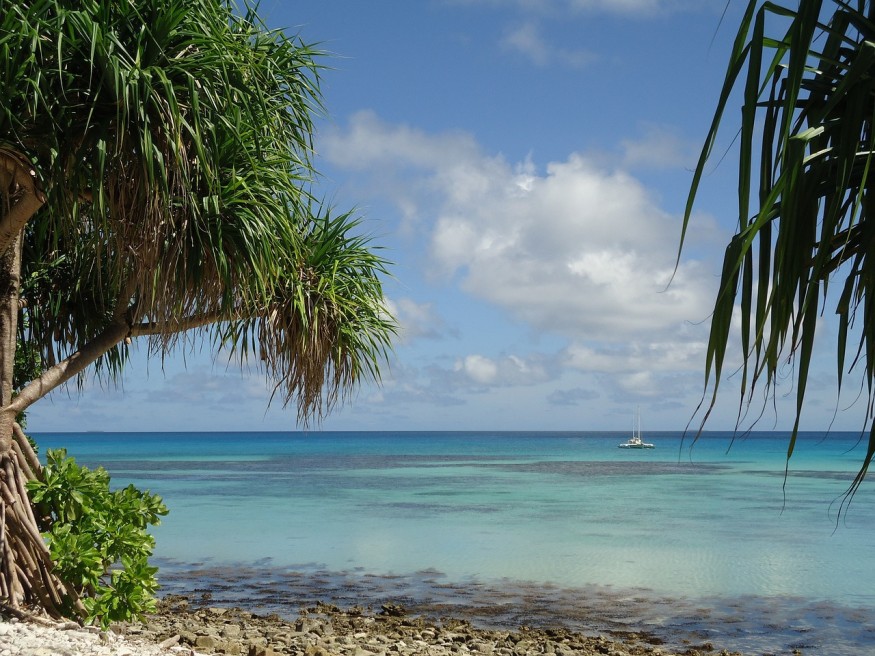Rising sea levels due to climate change have threatened the island country of Tuvalu in recent years, threatening its residents with flood risks and prompting fears of drowning. For several decades, significant sea level rise has occurred in the South Pacific Ocean nation, prompting regional and global efforts to address the looming natural disaster. However, options are running out for some Tuvalu inhabitants.
Previous research regarding the matter indicates that the threat lingering on Tuvalu is caused by the unprecedented ice melt in Antarctica and other icy regions of the world under the phenomenon of global warming. In this context, scientists predict that low-lying island countries Tuvalu and Vanuatu will be completely inundated by ocean water by the year 2100.
Climate Refuge Pact

In the latest development surrounding Tuvalu, a landmark pact has led Australia to offer a climate refuge for Tuvalu citizens displaced by climate change-driven sea level rise and other related natural disasters. The pact allows displaced individuals or families to resettle in Australia through a so-called "climate visa" a notion previously thought by New Zealand for Pacific Island nations.
However, the idea and previous initiatives were scrapped by opposing parties due to the potential economic repercussion of mass migration by affected residents of Pacific Island countries. Since Tuvalu is located halfway between Australia and Hawaii, the proposed measures to relocate its citizens to the Australian continent are geographically sound.
The United Nations also acknowledged the sea level rise threat creeping Tuvalu for years, predicting that half of the island nation's capital of Fogafale will be submerged by tidal waters by the middle of the 21st century, according to the UN Development Programme (UNDP).
Under the climate refuge pact, which was unveiled on Friday, November 10, the Australian government has also pledged to spend $16 million AUD ($10 million USD) to recover the country's shrinking shorelines and reclaim lost land by rising sea levels.
Also Read: New Links Between Greenhouse Gases and Sea Level Rise Found in the Amundsen Sea, West Antarctica
Climate and Disaster Resilience
Australia's Department of Foreign Affairs and Trade on Friday also announced that the country has committed to strengthen climate and disaster resilience amongst countries in the Pacific, especially collaborating with the Government of Tuvalu.
Although not only Pacific Island nations but also other coastal communities around the world are threatened by global sea level rise, Tuvalu is one of the nearest at-risk islands of being submerged underwater.
According to the National Aeronautics and Space Administration (NASA), the dangers of sea level rise is nowhere more serious than Tuvalu, where sea level is almost 6 inches (0.15 meters) higher than its previous level 30 years ago. Based on current data, NASA estimates the average rate of sea level increase is about 0.2 inches or 5 millimeters annually.
This rate, which is already 1.5 times faster than the global average, is expected to double by 2100, the US space agency adds.
© 2025 NatureWorldNews.com All rights reserved. Do not reproduce without permission.





